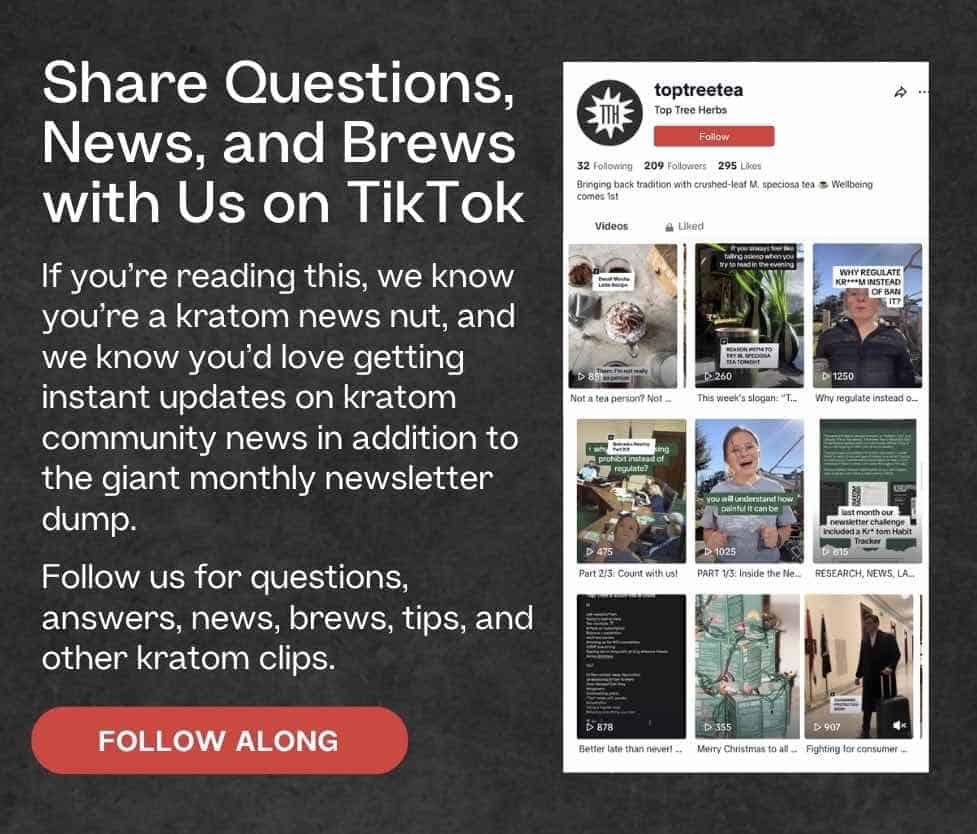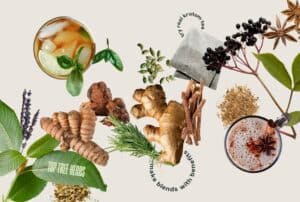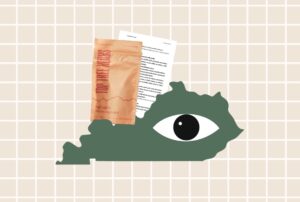Missed our February kratom newsletter? Catch up on last month’s kratom news and research below. To get future tea—the kind you spill, not the kind you drink—delivered straight to your inbox at the end of the month, don’t forget to sign up for the Better Brewing Newsletter.
February 2024 Kratom News Recap
February may have thrown some curveballs at us (looking at you, Wisconsin), but we’re staying hopeful at TTH HQ.
Progress was made on a regulatory bill in Kentucky and no action was taken on a kratom ban bill in Nebraska. Plus, kratom scientists from across the globe met at the third official Kratom Symposium to share research findings and collaborate on kratom policy recommendations.

Much of the research is ongoing with findings that cannot be shared publicly yet, but some of it is hot off the presses. Scroll down for the nitty-gritty (and Mit-y) details.
February 2024 Legislative Updates
Here’s the tea on legislative antics and achievements across the United States. Our main updates for the month cover regulatory bills in Wisconsin, Kentucky, and Georgia, and a ban attempt in Nebraska.
Regulatory bills have also been introduced in New York and a ban repeal bill has been introduced in Rhode Island. Additionally, a local ban attempt is in progress in Newport Beach, California.
1. Entanglement with Marijuana Tanks Wisconsin Kratom Legalization Attempt
In mid-February, the bill to repeal the kratom ban and regulate kratom in Wisconsin was referred to the House Committee on Rules, which introduced a substitute amendment that provided funding to the University of Wisconsin to study the benefits and drawbacks of kratom consumption.
Two Democratic representatives then co-opted AB393 again with a fourth substitute amendment that would have legalized medical marijuana. It contained no provisions for studying or regulating kratom. As the medical marijuana bill lacked GOP support, the bill has now presumably died.
2. No News is Good News in Nebraska
A legislative hearing for LB972 took place on February 1. The bill sponsor, Senator Lippincott, struggled to answer questions about the bill and explain why kratom should be banned instead of regulated in Nebraska. No action has been taken on the bill since the beginning of the month.
Hard to Watch, But Worth It: Top Tree’s Hearing Highlights
3. Kentucky House Bill Passed to Senate
On February 22nd, the Kentucky House of Representatives passed HB 293 on to the Senate. The original bill was substituted with a more lax KCPA bill. It still creates age limits and some labeling requirements, but no longer includes licensing requirements or mandated lab testing and links to CoAs on products.
Read the Latest HB 293 Bill Text
4. Georgia Bill Favorably Reported by Senate Committee
The Georgia Senate Committee on Health and Human Services favorably reported a substitute version of HB181. It explicitly limits the amount of mitragynine and 7-hydroxymitragynine allowed in each serving of kratom products and prohibits the sale of products meant for smoking or vaping.
Read the Latest HB 181 Bill Text
February 2024 Kratom Newsletter Challenge
The February kratom newsletter challenge was called “Hiding in Plain Sight.” Nowadays, humans have access to an incredibly wide range of foods from across the world. To get from forest to pantry, the supply chains can be long.
As a result, some of the most popular plants might be the most unfamiliar-looking if you don’t interact with them before they’re processed and packaged. Can you identify all of these six commonly-consumed-but-often-undercover plants?
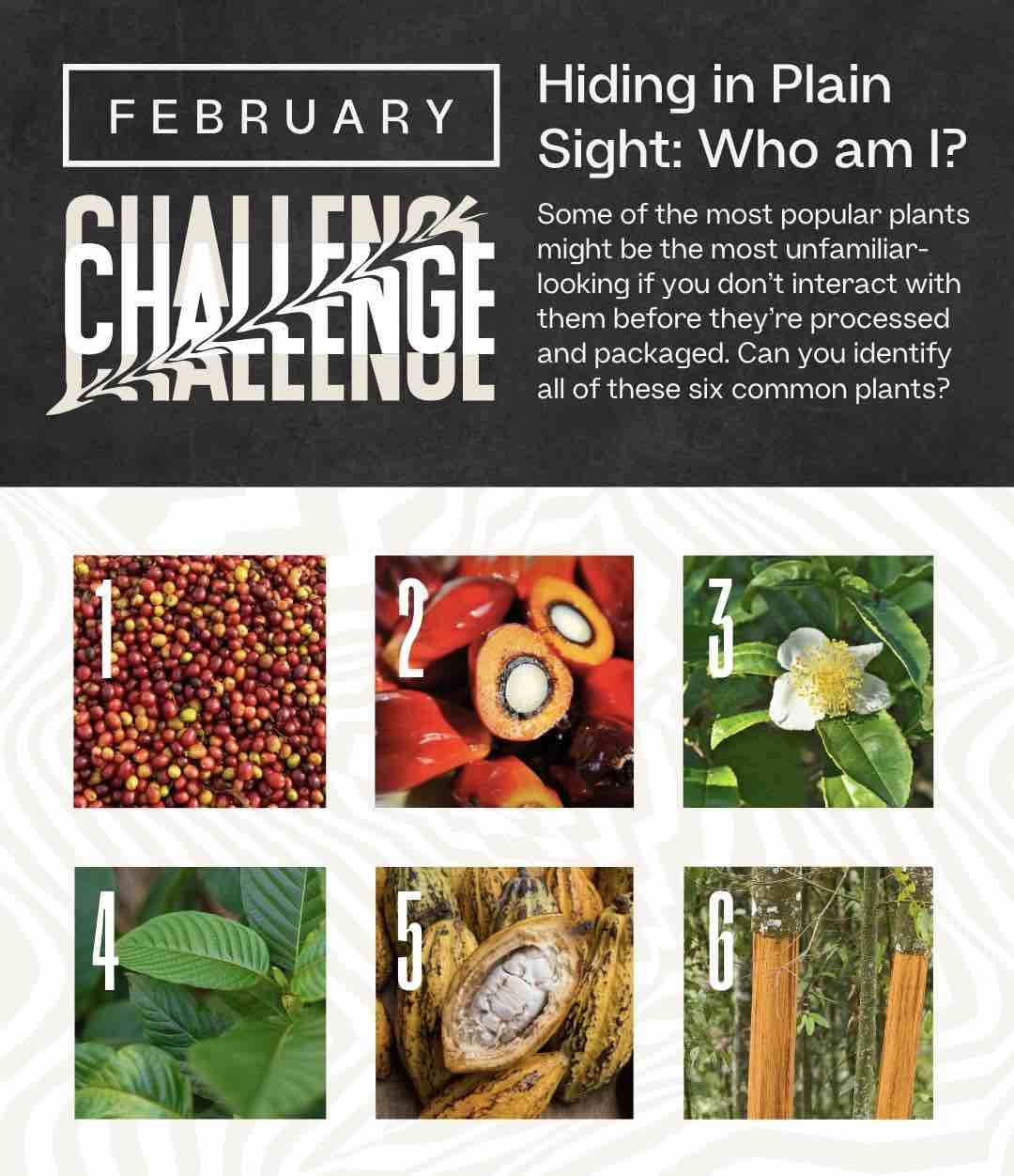
Scroll down to view the February challenge answers.
February 2024 Kratom Research
1. Double-Blind Placebo-Controlled Pharmacokinetics Study on Humans
Researchers monitored the pharmacokinetics of mitragynine and 7-hydroxymitragynine in a small group of humans after they ingested 1-8 0.5g kratom capsules once or multiple times. This is one of the first studies of its kind, and will hopefully inform future clinical trials with kratom products.
2. Interaction of Kratom and CBD
The simultaneous consumption of multiple compounds (or whole plants with multiple active ingredients) can oftentimes lead to synergistic or interfering effects. Researchers recently found that co-administration of kratom and CBD in rats resulted in an increase in exposure to mitragynine and minor kratom alkaloids.
3. FDA Announces Dose-Finding Study Results and Future Research Plans
An FDA scientist virtually presented the results of a dose-finding study to kratom researchers, policymakers, and businesspeople on the second day of the 2024 Kratom Symposium. Participants of the study ingested up to 12 grams of kratom leaf powder and were monitored for potential reactions and side effects.
Now that this study has been completed, the FDA will be recruiting participants for research that will help them further evaluate kratom safety.
What Will We See in 2025’s February Kratom Newsletter?
We haven’t yet mastered the art of tasseography, so we’ll stick to sharing our hopes for the future as opposed to forecasts or predictions.
Less fearmongering from the FDA: While the FDA has taken a negative stance on kratom over the past decade, their commentary has shifted greatly in the past two years. (Here is their current webpage about kratom, and here is the version from February 2021.) We’re hoping that by February 2025, the results of their research are published and incorporated into their public statements on kratom.
Co-Administration Studies on Humans: It may take a while for co-administration studies to be done with human participants, but we’re crossing our fingers for this to happen by February 2025 nonetheless. Of course, we hope to see the advancement of other types of clinical research as well.
Sometimes it’s hard to tell whether or not progress is being made quickly or slowly in the kratom policy and research world. From our perspective, new legislation is flashing by at light speed and kratom research findings are piling up.
In the past year, legislation and research have trended in a positive direction—more states with regulations, fewer states with bans, the beginning of clinical research—but there were obviously many losses along the way.
We’ll continue to keep you updated on the latest kratom happenings, and we’ll be working hard behind the scenes to advocate for change.
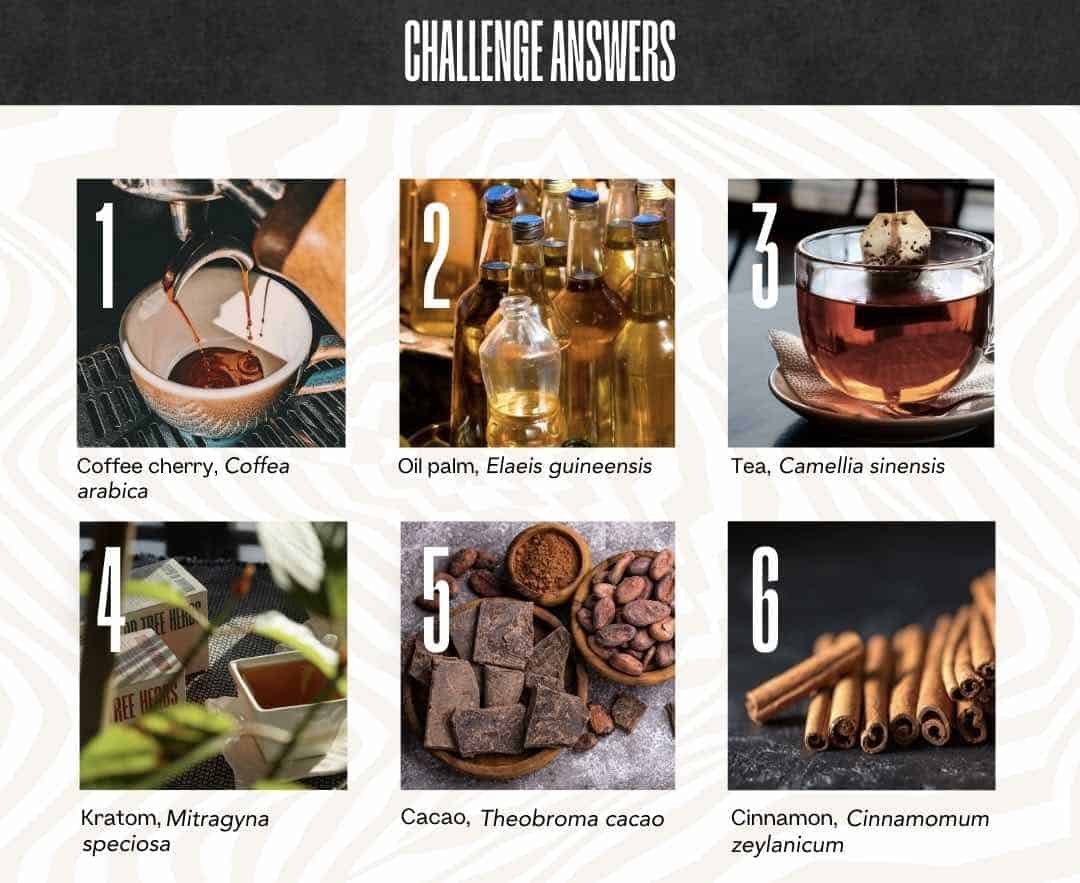
We hope #4 of the challenge was a no-brainer! While kratom consumers are becoming increasingly familiar with what kratom trees look like, many have never seen one in person.
Likewise, a lot of self-proclaimed chocoholics and coffee lovers have never seen a coffee shrub or cacao tree. Coffee beans aren’t actually beans—they’re seeds of the Coffea arabica or Coffea robusta shrubs. They’re found inside of coffee cherries, which are small green fruits that redden as they ripen. Similarly, cocoa beans are seeds of Theobroma cacao trees. They are found within a fleshy whitish fruit that’s lightly sweet.
Related: Coffee vs. Kratom: Which One Should You Choose for Different Occasions?
Most people know exactly what roasted coffee and cocoa “beans” look like. However, the whole fruits that surround the beans aren’t as easily identified by people outside of regions where these plants grow.
Next, cinnamon and palm oil also come from trees that aren’t nearly as recognizable prior to processing. Lastly, Camellia sinensis, which all true teas like black tea and green tea are produced from, is a species of evergreen shrub.
How did you do on this month’s challenge? Any chance you’re craving more? If you are, you can print out a copy of our kratom crossword and give it a shot.
More News Coming in Springtime
That’s a wrap on the February kratom newsletter recap. You can always browse the Better Brewing Blog for more kratom news and kratom science updates. Plus, click the social links below to catch up with us in between our monthly updates.
We’ll see you next month with March’s latest news and best brews. Don’t forget to sign up for the Better Brewing Newsletter if you want the latest news sent straight to your inbox.

